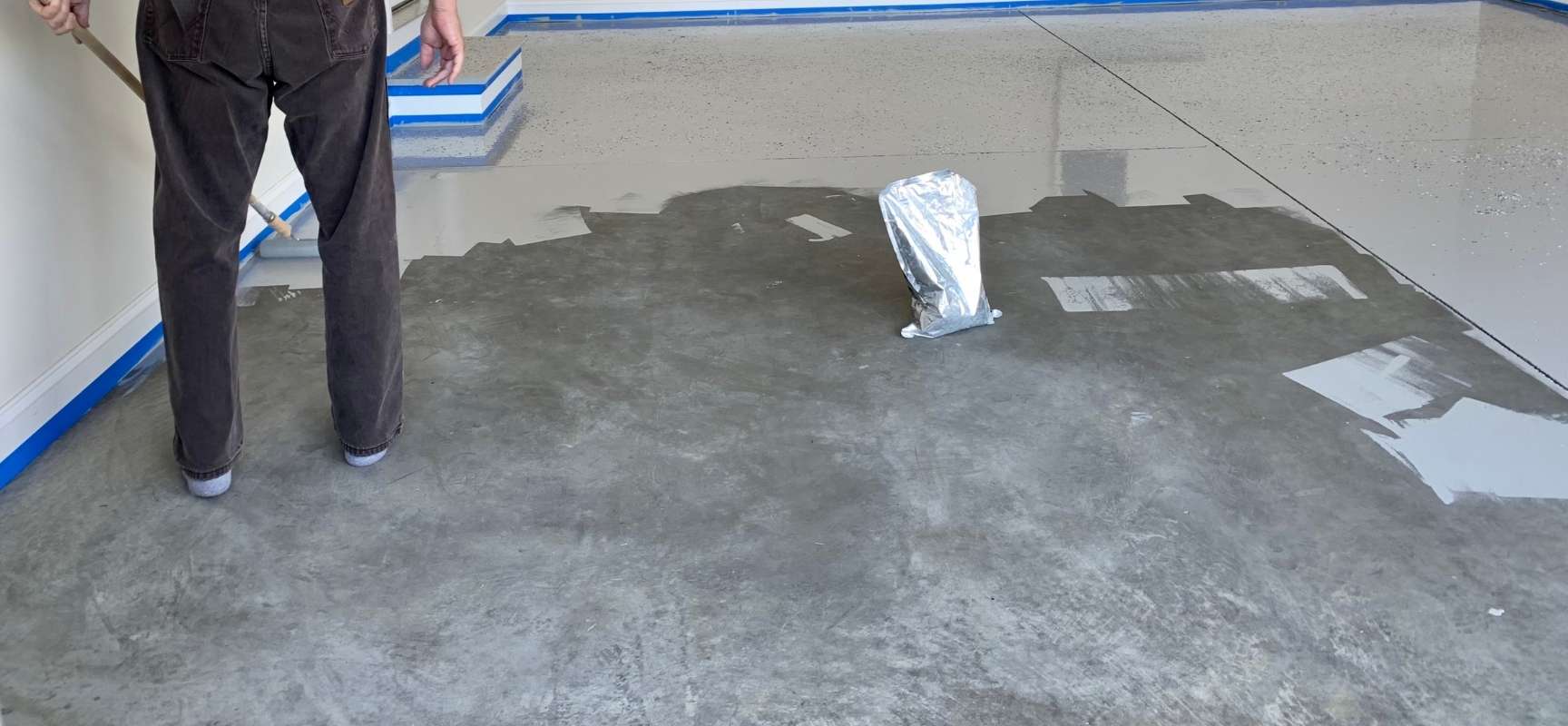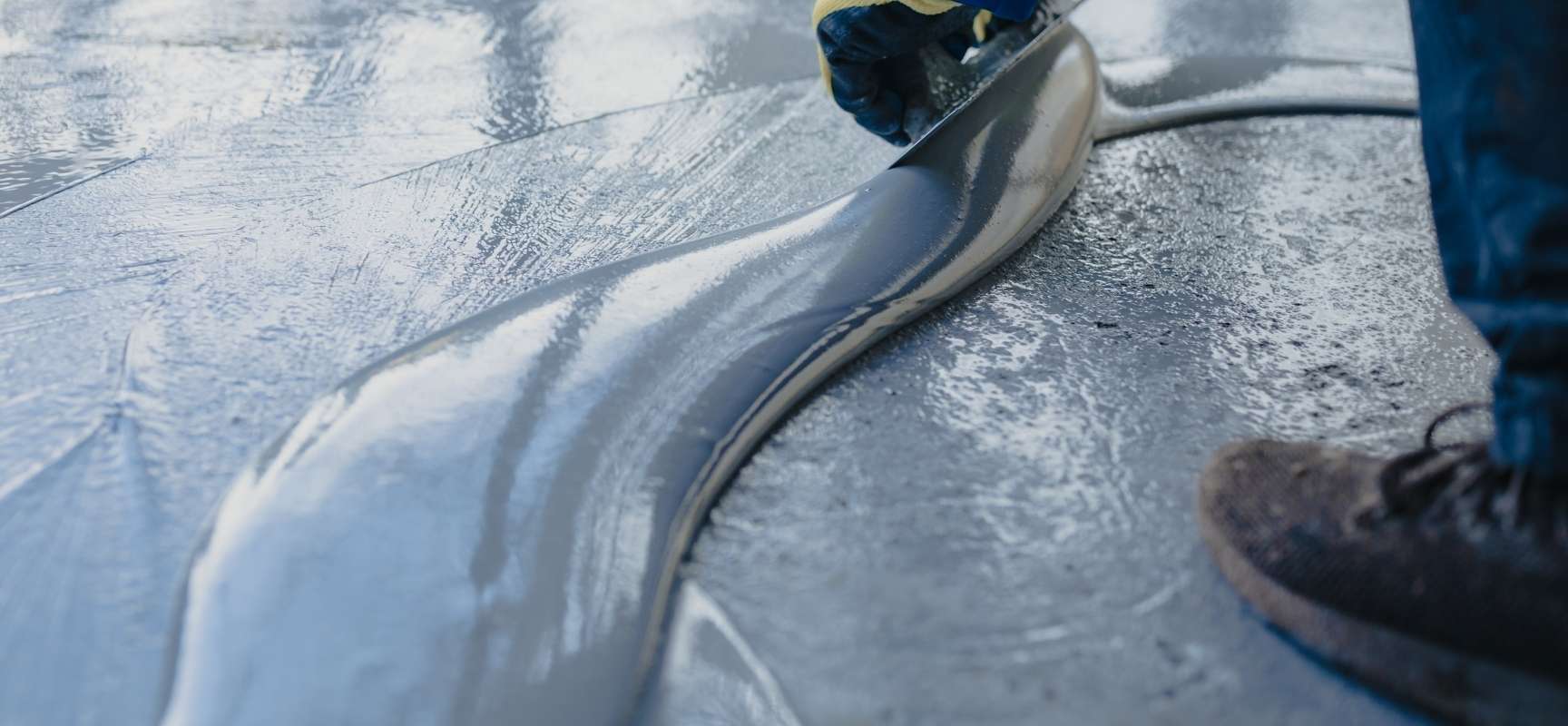Thinking about epoxy garage flooring but unsure which myths are true? You're not alone. Between Instagram-worthy glossy finishes and stories of slippery sticky disasters, it’s easy to get mixed signals. For homeowners across Charlotte and beyond, a garage epoxy floor promises durability, easy cleaning, and style—but misconceptions can hold you back.
This blog cuts through the noise with a friendly, fact-based comparison. We’ll tackle common myths—like slippery surfaces, peeling problems, or who it’s even meant for—and highlight real truths: long-term value, customization, and smart design.
Let’s separate myth from reality and find out if epoxy is truly the perfect flooring solution for your home garage.
Myth – "Epoxy Garage Floors Aren’t Slippery When Properly Applied"
Charlotte homeowners fear epoxy floors will become dangerous when wet. It’s a valid concern—shiny surfaces can be slick. But this common myth overlooks how modern epoxy systems effectively combat slipperiness, especially in home garages.
Why the misconception exists
Early epoxy systems often had ultra-smooth finishes that, combined with water, created a slipping hazard. DIY applications without textured additives amplified this issue.
Real-world slip resistance strategies
Professionals combat this by adding aggregates like silica or quartz, creating a subtle yet effective texture underfoot. Case in point: research from the National Safety Council shows textured epoxy floors demonstrate 30% better traction when wet compared to untreated concrete.
For Charlotte homeowners dealing with rain and humidity, this means a properly textured epoxy floor can be safer than bare concrete. One homeowner shared that after adding a fine sand additive, “I’m more confident walking in after a rain—no more slips or cold spots.”
Myth – "It’s Only for Industrial Use"
Picture epoxy and you might think of warehouse floors or factory back rooms. But epoxy has come home—and it’s stylish.
Residential design opportunities
Epoxy coatings now come in decorative flakes, metallic swirls, and custom color blends that turn garages into showspaces. The Spruce calls decorative epoxy “a polished, long-lasting option,” highlighting how easily visuals can be customized to match cabinetry or décor.
Custom finishes that homeowners love
Examples from homeowners show epoxy installed in garages used as play areas, gyms, or hobby zones. A blog post (Between Naps on the Porch) recounts a homeowner’s delight: “No more musty smell—wet drips just wipe clean.” That speaks volumes about its cleanability and visual appeal.
Myth – “It Always Peels (Especially DIY)”
Peeling is a worry, especially after hearing horror stories—often caused by poor prep, not the product.
Causes of epoxy peeling
Moisture in concrete, failure to grind, or skipping primers? Those are the main culprits. Trapped moisture can cause “blisters”, classic peeling signs from poor adhesion and typically DIY.
How pros prevent epoxy peeling
Professionals rely on mechanical grinding, moisture testing, and high-quality primers to create a bond that lasts. Industry insight: epoxy floor installers report that properly prepped floors follow the house—meaning cracks are more likely in the concrete, not the coating.
Real insight: some seasoned contractors say “DIY epoxy often lasts 1–3 years—but a pro install lasts 10 times longer.”
Fact – Epoxy Garage Flooring Offers Long-Term Value
An epoxy garage floor lifespan is between 10–20 years in residential settings, especially when properly maintained. That outpaces alternatives like paint or vinyl. A homeowner shared that their epoxy floor remained pristine after a decade, dealing with oil changes, tools, and heavy use.
Cost comparison over time
While initial epoxy garage floor costs may be higher (e.g., $5–9/sq ft for epoxy), spreading that over 10 years gives a lower annual cost than repainting concrete every 2–3 years.
Quick Takeaways
- Properly installed textured epoxy floors improve traction over bare concrete.
- Decorative epoxy transforms garages into stylish, functional spaces.
- Peeling happens only when prep is skipped—professional installation solves it.
- Epoxy lasts 10–20 years, offering excellent long-term value.
- Quality epoxy resists oil, moisture, and daily wear with minimal upkeep.
Frequently Asked Questions
- Is epoxy garage flooring safe when wet?
With textured additives, epoxy improves traction—even in wet conditions.
- How long does epoxy garage flooring last?
Professionally installed epoxy can last 10–20 years with proper care.
- Can I install epoxy myself?
DIY kits exist, but skipping proper prep often leads to peeling—professional installation maximizes lifespan.
- Will epoxy yellow in sunlight?
Standard epoxy may yellow over time, but UV-stable formulas prevent this.
- Is epoxy expensive compared to alternatives?
Initial cost is higher, but over time epoxy costs less than resurfacing or repainting repeatedly.
Epoxy garage flooring offers homeowners both form and function, and most of the myths, slippery surfaces, peeling, and industrial-only use don’t hold water when the right materials and methods are applied.
If you're considering an upgrade, ask your installer about slip additives, decorative flake options, and prep protocols. A high-quality epoxy garage floor is a one-time investment that delivers transformative durability and aesthetics for years to come.
Ready to make your garage as smart as the rest of your home?
Get a Free, No-pressure Consultation
Free Consultation
The consultation process will include:
- A survey of your space
- Provide you with a handful of recommendations
- Guiding you to the one that’s best for your needs
From there, we can quote you a transparent price upfront.



